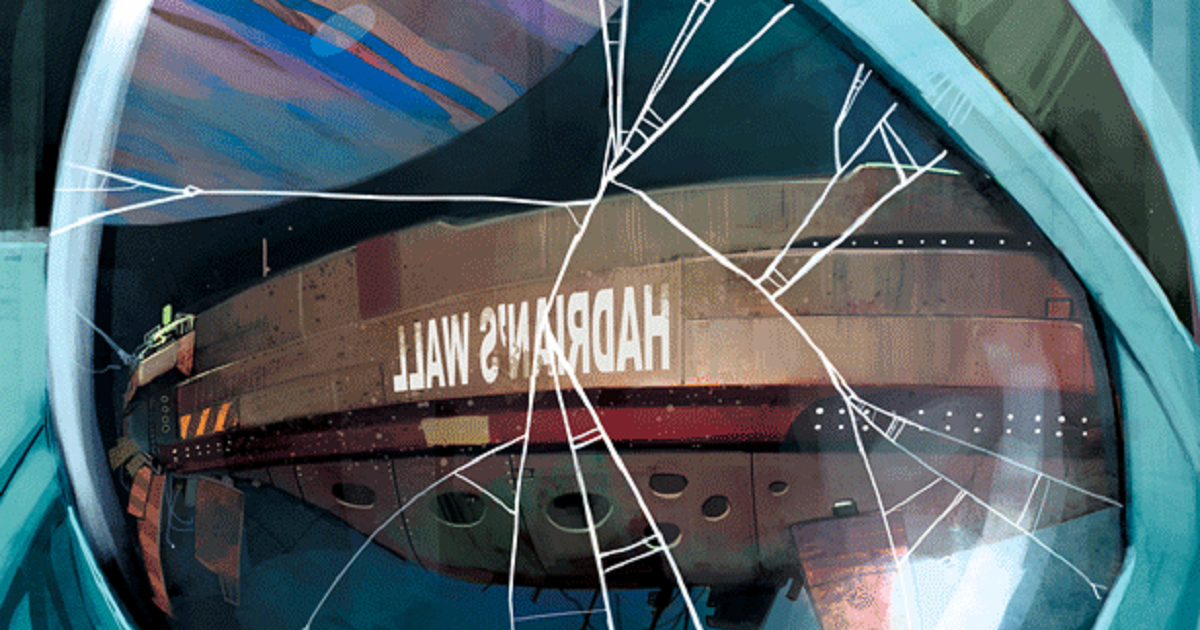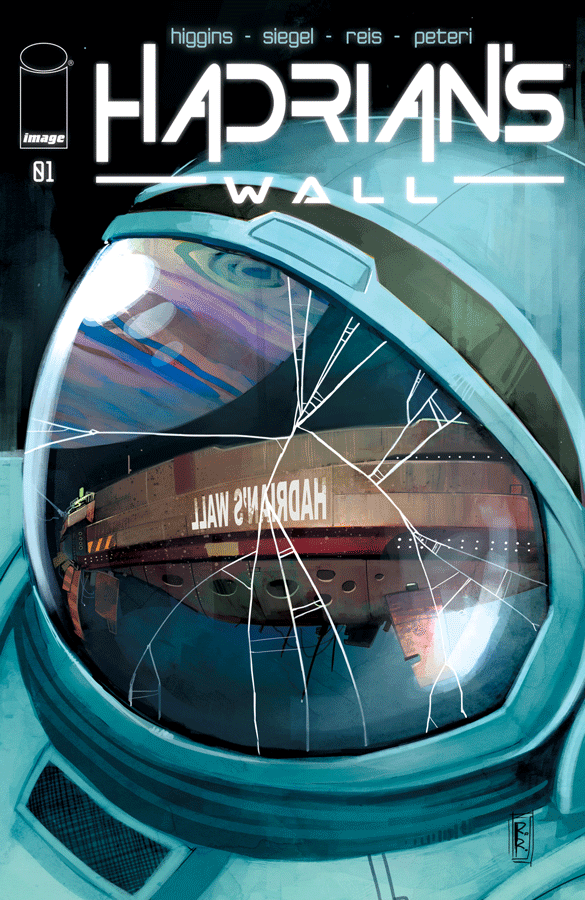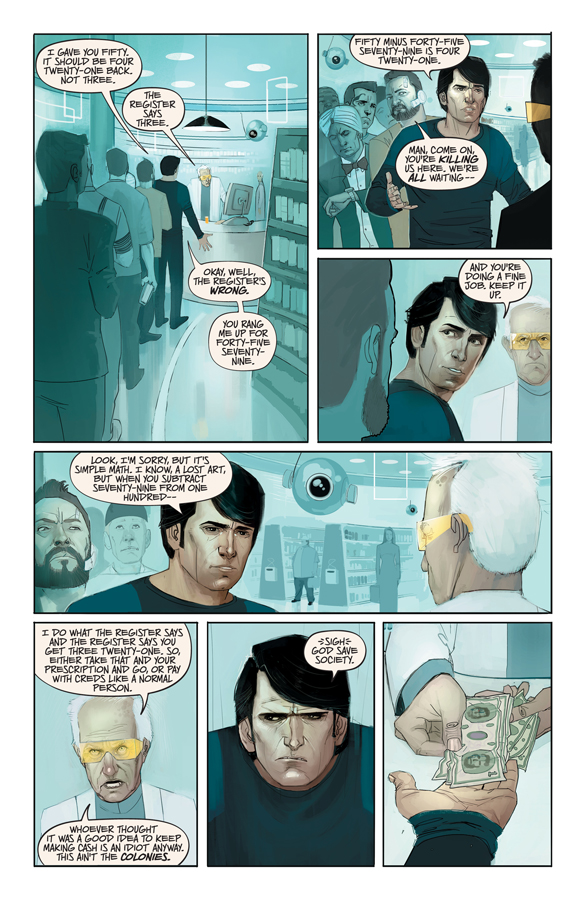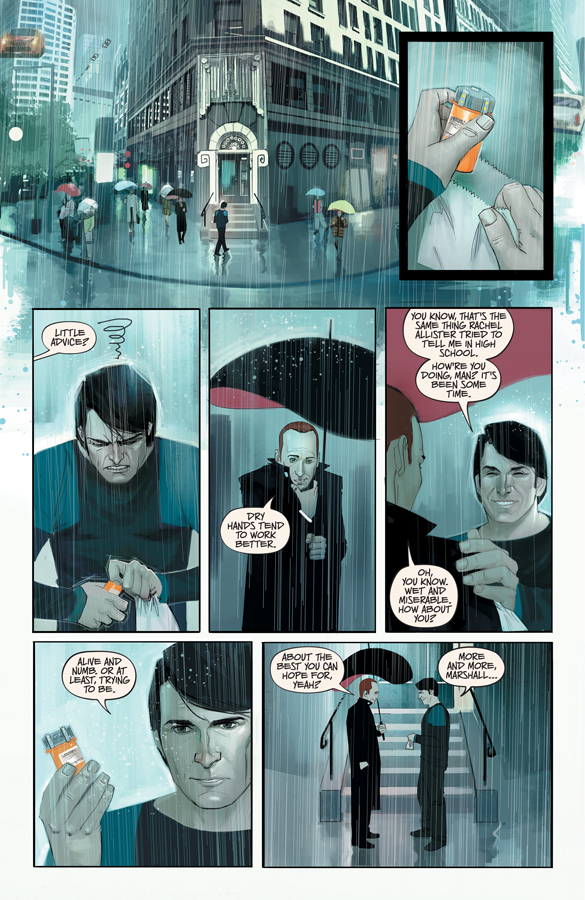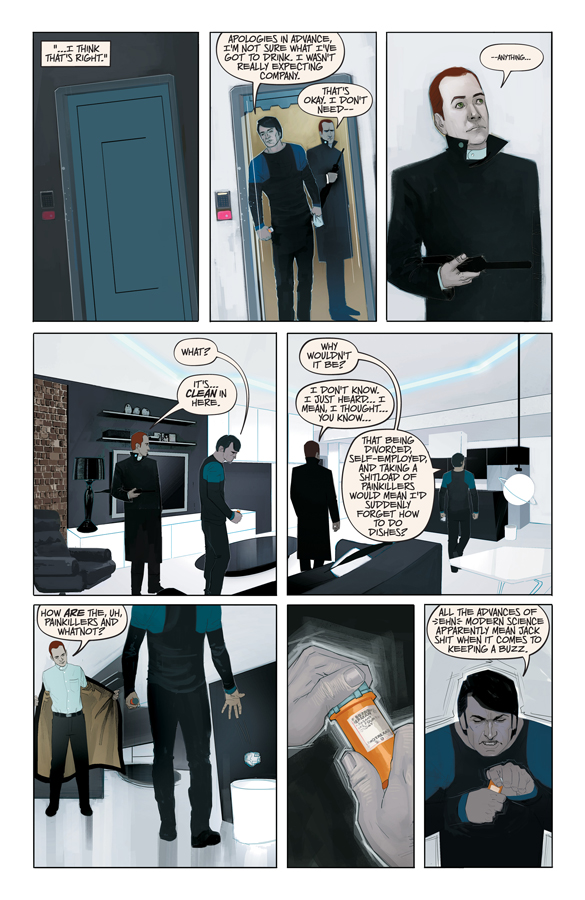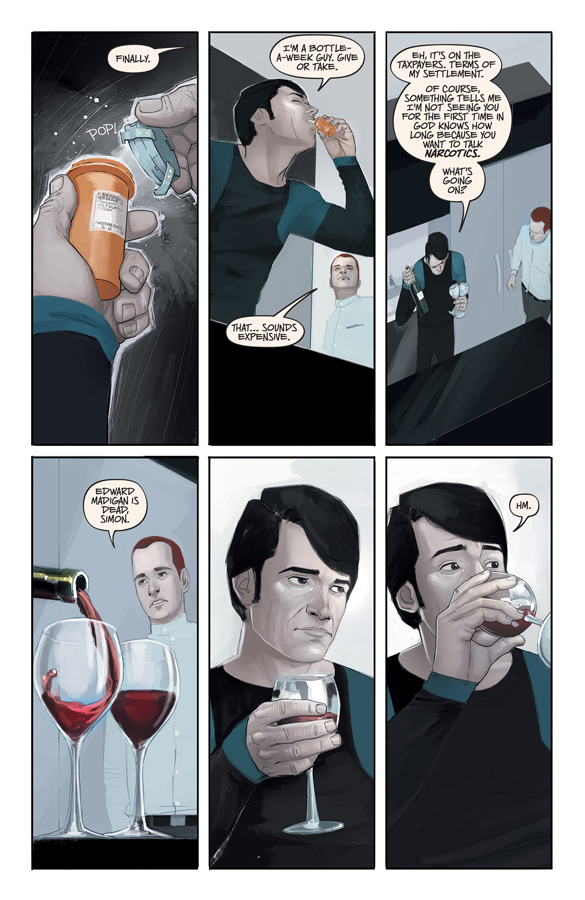 Hadrian’s Wall #1
Hadrian’s Wall #1
Writers: Kyle Higgins & Alec Siegel
Artist: Rod Reis
In my more yeshivish days (there weren’t many, but I dabbled), I spent some time in the vicinity of scenic Lakewood, NJ. While it may not seem like the place to be, Lakewood is home to Beth Medrash Govoha, one of the largest yeshivas in the United States. As part of the learning experience, the visiting students (which included me) were invited to the home of Rabbi Matisyahu Salomon, the mashgiach ruchani (spiritual advisor) of the yeshiva. I’ve forgotten much of what he said that day, but one thing he did say still lingers somewhere in the back of my mind: a discussion about the significance of Hadrian’s Wall. The wall, an impressive structure in its time, was a defensive stone redoubt, meant to separate the Romans under Emperor Hadrian from outside forces looking to find a way to undermine the expansive Roman Empire.
Only the ruins of this once-great structure remain. The transitory nature of man’s supposed triumphs was Rabbi Salomon’s point that day: some things that seem extraordinary in a particular time can, all the same, be left irrelevant to shifting perceptions, new attitudes, and changing circumstances. I couldn’t help but be reminded of his teachings as I read the aptly named new comic miniseries Hadrian’s Wall from Image and OSSM Comics.
Hadrian’s Wall is a lush, sci-fi mystery series, co-written by Kyle Higgins (C.O.W.L., Batman) and Alec Siegel (C.O.W.L., Captain America), reuniting here with artist Rod Reis (C.O.W.L., Nightwing). Their work on this comic miniseries (I have only read the first four issues of a planned eight issue run) is truly spectacular. From the first pages—a peacefully brutal scene of a man dying in space—I was hooked.
Indeed, the Hadrian’s Wall in question here is not an ancient structure, but a spaceship.
It’s the year 2085. After decades of waging war—hot and cold—the people of Earth are tired of needless conflict. Global peace is the name of the game, and technology has propelled humanity forward to the point where there is now an interstellar colony called Theta. But all is not right. There is unrest, there is violence (and a particularly gruesome instance of self-immolation). But that is just a macro view of this dynamic, engaging comic world. The story itself, written with cynical aplomb by Higgins and Siegel, centers around the work of Simon Moore, an investigator tasked with solving the death of the floating man from the first scene of the comic.
Even before we understand what the problem is, readers can tell that Simon is a troubled soul, addicted to (futuristic) pills and alcohol. His investigation is meant only as a quick way to make a (substantial) buck, and he accepts. At the same time, the identity of the dead man turns out to be a mission specialist on Hadrian’s Wall named Edward, a figure reviled by Simon and who also turns out to be married to Simon’s ex-wife Annabelle. Thinking this would be only a “rubber stamp” operation, Simon is content to do a cursory job and return home. But as soon as he starts the process to find out what happened, events spiral quickly. This was no accident: this was murder.
Akin to the science fiction style of the 1980s, the comic is riddled with heavy political overtones; paranoia abounds. The artwork by Ries is exquisite and highlights these aspects of the comic. He fills the panels with weighty blacks and sickly greens that conjure the most inimical elements of the vacuum of space. Or, more pertinently, Simon’s soul.
With Hadrian’s Wall, readers will find a dense, subversive yarn filled to the brim with guile and gloom. This is a worthy new series that will leave readers craving for answers until the last issue. Highly recommended.


